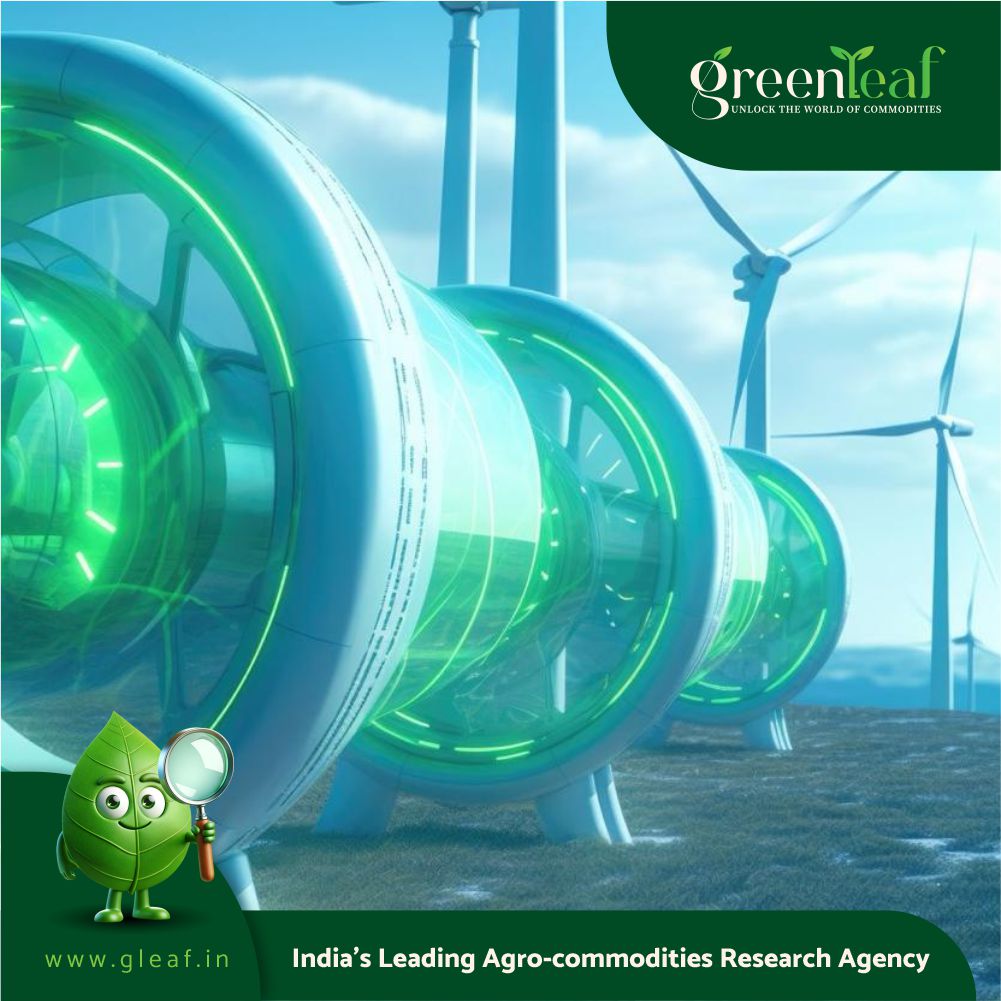Topsoe, a leading global provider of advanced technology and solutions for the energy transition, has been selected to deliver three of its advanced technologies, as well as catalysts and equipment, for NXTClean Fuels’ Port Westward project in Clatskanie, Oregon.
NXTClean Fuels will utilize Topsoe’s HydroFlex, SynCOR and H2bridge technologies and catalyst to produce up to 50,000 barrels per day of renewable diesel and SAF. Subject to a final investment decision, this facility when operational will be the largest greenfield SAF project in the U.S. and is expected to be operational by 2029.
Henrik Rasmussen, managing director of Topsoe Americas, said, “Topsoe’s technology and solutions are enabling the growth of SAF in the U.S. while helping to reduce emissions within American aviation. This exciting project will significantly increase the production of SAF in the U.S. and will be the largest greenfield SAF project in the country. We’re thrilled that NXTClean Fuels has chosen our technology for this milestone project and we’re excited to see the project become operational.”
Christopher Efird, CEO and chairperson of NXTClean Fuels, said, “The Topsoe technologies and catalysts dramatically reduce the carbon intensity of our fuels, making our products among the cleanest SAF and renewable diesel supplies in the world.”
This agreement addresses the rapidly growing global demand for SAF. The International Air Transport Association projects that SAF production will more than double in 2025 compared to 2024, reaching 2.1 million tons (2.7 billion liters), or 0.7% of total global jet fuel production.
By integrating Topsoe’s HydroFlex, SynCOR and H2bridge technologies, the NXTClean Fuels facility at Port Westward expects to recycle biogenic propane and off-gas to create hydrogen with lower carbon intensity, while also producing sufficient excess low-carbon hydrogen to be able to displace fossil fuel used for refinery heat. Taken together, these innovations will significantly reduce the carbon intensity of the renewable diesel and SAF that the facility will produce.















